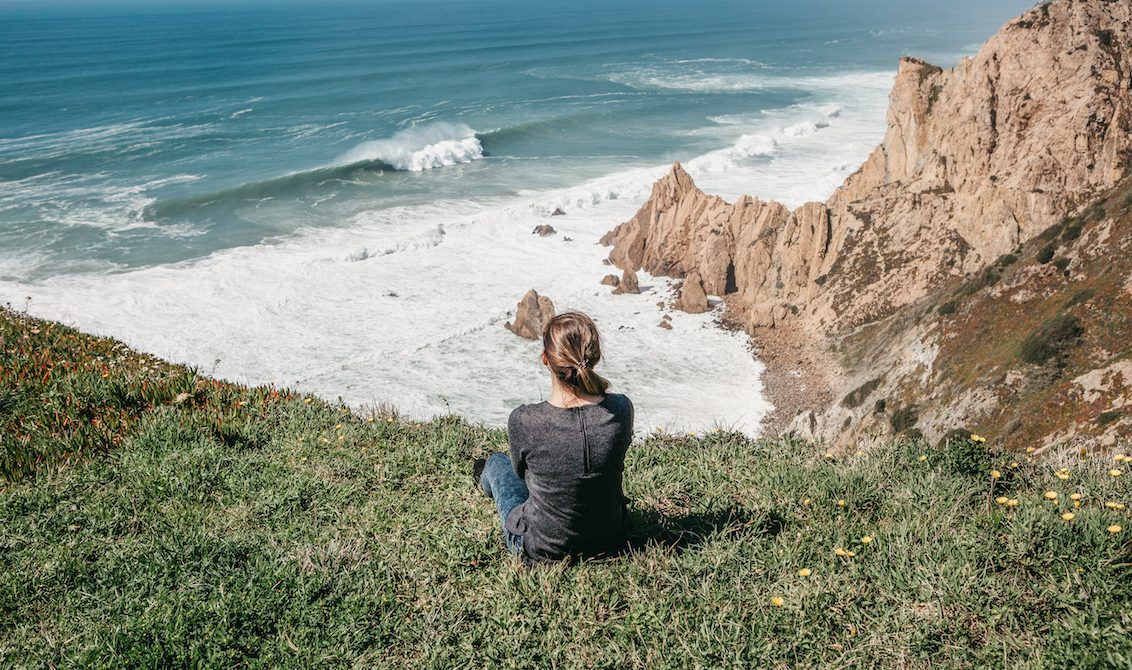
Social media is not just something you try to keep your pupils from viewing at school. Websites such as Facebook and Twitter can be used to help improve quality of teaching in the classroom with a generation which primarily uses it to communicate, alongside text and instant messaging.
Teachers also use social media pages to share examples of student work and classroom activities, broadcast important information to parents, and to share tips and best practice.
However, social media is not for everyone. The sheer amount of content on the web can leave teachers feeling overwhelmed.
If you’ve never written anything in 280 characters, where do you begin?
We asked three experts for their advice. Here’s what they told us:
Matthew Roberts is teacher of IGCSE geography and a secondary educational technology coordinator at Collège Champittet in Switzerland
The best teachers seek to improve learning experiences for their students. In schools this takes place in many forms, such as the sharing of resources and the discussion of approaches to teaching and learning. Social media presents the same opportunities for teachers, on a much larger scale.
Using Twitter and subject-specific hashtags, for example, teachers are able to find links to classroom resources, discussions about teaching approaches and online professional development opportunities that can help to improve their practice.
In the classroom, social media presents many opportunities for students to support learning, develop online learning and contribute to a global community. Class Facebook groups provide online spaces within which students and teachers can share resources, communicate and extend learning outside the classroom.
Naomi Rowan is director of music at Nord Anglia International School in Hong Kong
Since the launch of the Juilliard Nord Anglia performing arts programme, music teachers across our network have been actively encouraged to use Twitter and school Facebook pages to share examples of student work and classroom activities. There have been fabulous, unintended consequences for professional development as a result. With 44 schools and over 100 music teachers, this network of tweets
has quickly become a daily source of inspiration and bitesize exemplification of excellent practice.
In addition to curricula material, we often share information about relevant composers, behaviour management techniques, available resources, and ideas for interdisciplinary learning.
In the classroom, many teachers share relevant tweets with students, constantly encouraging our young people to become globally-minded citizens. Parents are also increasingly following both Twitter and Facebook pages as a source of information, but also to gain a glimpse into activities happening in the classroom.
Tom Preskett is instructional designer and learning technologist at Nord Anglia Education
Communication is at the heart of social media. It is often through the process of articulation that learning takes place. By having more tools to do this, by having quick and easy ways to publish a blog, create a website, post to Facebook, tweet, or create a Pinterest board, a teacher can find the tool that works for them and use it for their own professional development. Furthermore, there are networks and discussion boards built around topics, companies and institutions that teachers can use to target specific knowledge or keep up to date with.
Quite often, the starting point for social media in learning naturally extends out of personal use with friends and family, and often makes use of mobile devices.
The barrier for teacher use of social media is often the stigma attached to informal learning as opposed to formal learning. So, it’s important to encourage and place value on collaborative dialogue; build time to explore tools and construct a personal learning environment; and encourage teachers to reflect and articulate on social media.

